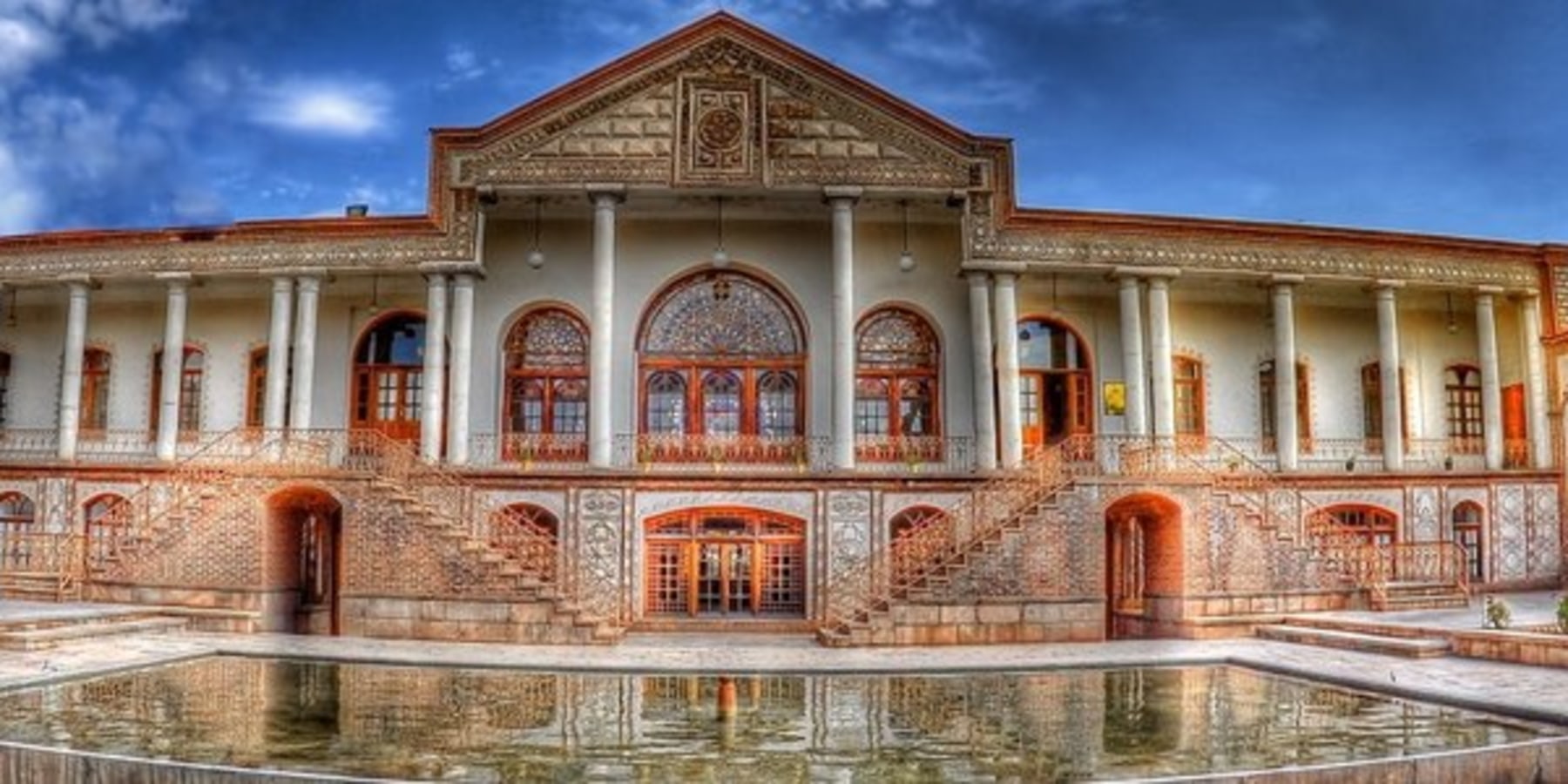
1) Tabriz Grand Bazaar
The magnificent, labyrinthine covered bazaar covers some 7 sq km with 24 separate caravanserais and 22 impressive timchehs (domed halls). Construction began over a millennium ago, though much of the fine brick vaulting is 15th century. It is a UNESCO World Heritage Site. There are several carpet sections, according to knot-size and type. The spice bazaar has a few shops still selling herbal remedies and natural perfumes.
2) Kandovan Rocky Village
Often compared to Turkey’s Cappadocia, Kandovan village is home to a fascinating collection of troglodyte homes carved into a volcanic rock on the side of a cliff. The traditional settlement, expanded with more modern rural housing at its base, is still inhabited by a few hundred villagers. It will take about one hour to reach Kandovan by car from Tabriz. It is especially worth the effort during the winter when snowfall renders the rock dwellings indescribably picturesque.
3) Blue Mosque
When constructed for ruler Jahan Shah in 1465, the Blue Mosque with its intricate turquoise mosaics was one of the most famous buildings of its era. Unfortunately, it was badly damaged in an earthquake in 1773, leaving only the main iwan (entrance hall) and Jahan Shah's tomb intact. Restoration has been slow, and though the main structure is complete again, the once-brilliant external mosaics are only visible on the original iwan.
4) Azerbaijan Museum
Azerbaijan museum's entrance is a great brick portal with big wooden doors guarded by two stone rams. Ground-floor exhibits include finds from Hasanlu (an Iron Age town that developed into a citadel over 4000 years), a superb 3000-year-old copper helmet and curious stone ‘handbags’ from the 3rd millennium BC. Found near Kerman, these are understood to be symbols of wealth once carried by provincial treasurers. The basement features Ahad Hossein’s powerful and disturbing sculptural allegories of life and war. The top floor displays a re-weave of the famous ‘Ardebil’ carpet, reckoned to be one of the best ever made; the original is beautifully displayed in London’s Victoria & Albert Museum.
5) Tabriz Citadel
What remains of the Tabriz citadel (arg-e Tabriz) dates back to the 14th century, when it was constructed as a mausoleum under the Ilkhanate dynasty. Re-appropriated as a military compound in the 19th century during the Russo-Persian wars, the structure has a long and varied history. The edifice suffered further damage by Russian shelling in 1911, and only in recent decades has it undergone some renovation work. The imposing stone building is one of the most famous landmarks in Tabriz and is located centrally on Imam Khomeini Street.
6) Mausoleum of Poets
It’s not an exaggeration to say that Iranians love ostentatious mausoleums almost as much as they love poetry. The Mausoleum of Poets, just outside the city center combines both cultural phenomena, housing the graves of Tabriz’s great poets and thinkers of the past. Over 400 notables of the arts and letters, from between the 9th and 20th centuries, are buried here. The current mausoleum, concrete, angular, and imposing, was completed in the 1970s and is surrounded by a pleasant park.
7) ElGoli Park
Southeast of the city center is the expansive, verdant and peaceful Elgoli Park. Popular with Iranian families, the park is a great place to spend a relaxing evening, pick up a street side corn on the cob, picnic with friends, and maybe even play a spot of badminton. Shady and with great views of the city from its highest point, the park surrounds a small lake, at the center of which is a reasonably priced traditional restaurant.
8) Saint Stephanos Monastery
Tabriz and Iranian Azerbaijan have a sizeable Armenian Christian community, and as a result, you will find several churches in the region. There is a number in Tabriz itself (St Mary’s Church dates back to the 12th century), but the most visit-worthy is the St Stephanos Monastery just outside the border town of Jolfa, about one and a half hour’s drive from the city. Built in the 9th century, the holy site sits alone in the lowlands of a large valley. Reconstructed several times, the monastery is in good condition, and often surprisingly busy given its isolated location.

